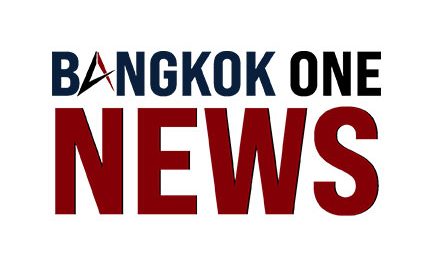In the next 20 years, Boeing predicts that the single-aisle market will increase at a faster rate. Hence, a new 737 production line was launched.
Are airlines favouring widebody aircraft over narrowbody ones when investing in cutting-edge technology? Opening a fourth assembly line for the Boeing 737 MAX is a difficult generalization to make, but it does reveal something about the future aircraft demand that the US maker Boeing anticipates.
Let’s take a closer look at what Boeing has planned.

A fourth 737 MAX assembly line will be launched by Boeing.
The Boeing 737 and Airbus A320 are two families of narrowbody aircraft, and over the past few years, Boeing and Airbus have steadily invested in creating technologically upgraded versions of these aircraft. As more and more carriers have reacted favorably to the projects, Boeing has now announced the launch of a fourth 737 MAX production line in Everett.
Everett was selected as the site for the extra production line due to the manufacturer’s jet facility in the US state of Washington becoming more vacant as a result of the conclusion of Boeing 747 manufacturing and the relocation of the Boeing 787 project.

The addition of a fourth production line to the three already present ones in Renton (of which only two are now in use) enables the US manufacturer to increase output of the family of narrowbody aircraft.
In fact, according to reports, Boeing manufactured an average of 20 to 25 Boeing 737s each month in 2022, falling short of the intended quota of 31. However, Boeing made use of the 737s it had produced while the aircraft type was grounded, enabling it to deliver more than the 357 aircraft that were originally planned.
However, this is still significantly less than the 516 Airbus A320 family aircraft that will be delivered in 2022. According to Boeing’s projections of aircraft demand over the following 20 years, a significant increase in 737 MAX manufacturing is required.
The single-aisle market is predicted to rise by 50% by 2022-2041, according to Boeing’s Commercial Market Outlook (CMO) for that period. In an internal memo obtained by The Seattle Times, Stan Deal, the CEO of Boeing Commercial Airplanes, mentioned starting the new line in the second half of 2024. Even for Boeing, it is a difficult process to turn on a production line for a project like the Boeing 737 MAX.
Deal stated in the note that Boeing has begun informing its suppliers, clients, and unions. The CEO of Boeing Commercial Airplanes stressed safety and quality as the key priority during the process of activating the new factory as he wrapped up the notice to the staff. Until now, what do we know about the Boeing 737 manufacturing process?
There are little specifics available following today’s announcement of the fourth Boeing 737 MAX production line.
The Boeing 787 assembly bay will be replaced by the Boeing 737 MAX production line in Everett, according to the CEO of Boeing Commercial Airplanes. The Boeing 787 project is still being worked on by Boeing, though, and some of the aircraft that are now being parked at Everett require fuselage reconstruction.
All Boeing 787s will, regrettably, be relocated to the empty Boeing 747 assembly bay. Deal made it clear that Boeing is not transferring all of the 737 MAX production from Renton to Everett in the note to the staff. As a matter of fact, the majority of those employed on the Boeing 737 MAX project will maintain their jobs in Renton, where the third production line is also being restarted.
The production facility in Everett will concentrate on the most recent 737 MAX models, including the Boeing 737 MAX 8-200 and Boeing 737 MAX 10, in order to enhance capacity.
Adieu, 747
Boeing is getting ready to deliver the last 747 flight ever when it makes the announcement of a new production line. The Queen of Skies, who went to the skies for the first time almost 54 years ago today, is now flying into the setting sun. The last four-engine marvel is a 747-8F bound for Atlas Air, which one can only hope will continue to soar for many years and generations to come.
